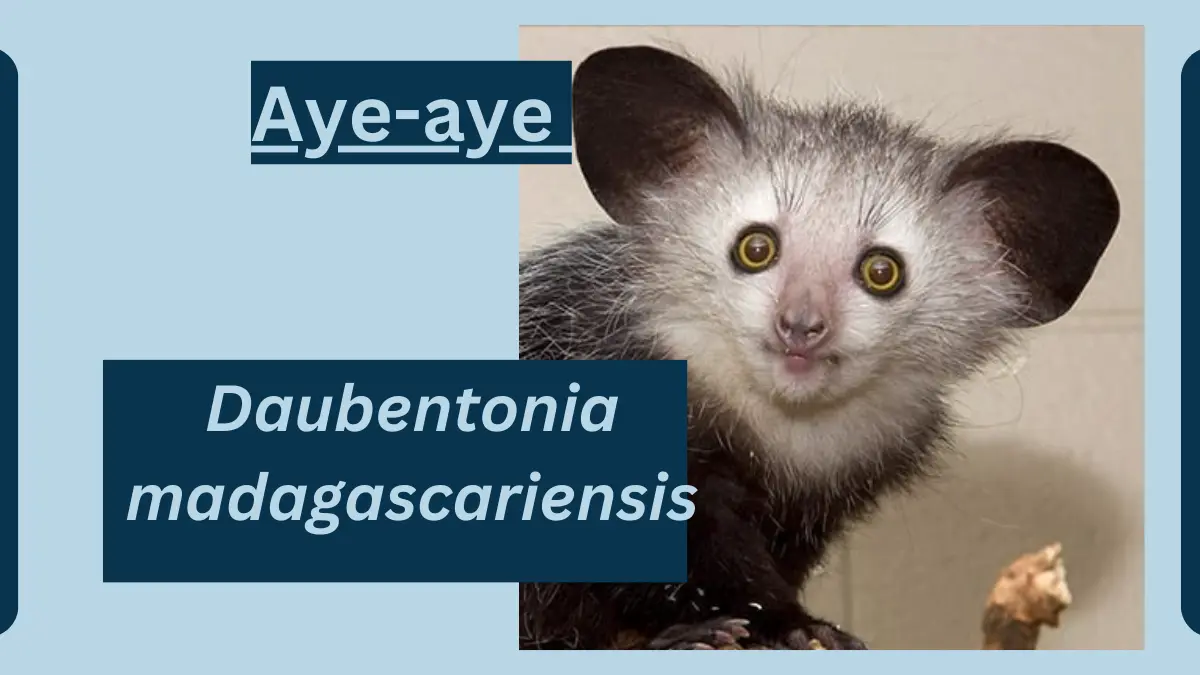Cat – Classification, Appearance, Habitat, and Facts
October 31, 2023
Cats, scientifically known as Felis catus, are one of the most popular and beloved domesticated animals worldwide.

Cat
Here’s some facts about cats:
| Scientific Classification | Kingdom: Animalia |
| Phylum: Chordata | |
| Class: Mammalia | |
| Order: Carnivora | |
| Family: Felidae | |
| Genus: Felis | |
| Species: Felis catus | |
| Origins and Evolution | Cats are believed to have been domesticated around 9,000 years ago from wildcats in the Near East. Their evolution and relationship with humans have led to the creation of various domestic cat breeds. |
| Characteristics | Anatomy and Appearance: Cats come in a wide variety of coat colors, patterns, and lengths. They have sharp retractable claws, keen senses (including night vision), and are known for their graceful and agile movements. |
| Size: Domestic cats typically weigh between 5 to 20 pounds (2.3 to 9 kilograms) and measure 9 to 10 inches (23 to 25 centimeters) in height and 18 inches (46 centimeters) in length. | |
| Distribution and Habitat | Domestic cats are found in households around the world. Their wild ancestors, such as African wildcats, can still be found in various regions. |
| Behavior and Lifestyle | Solitary Hunters: Cats are solitary hunters, and both domestic and wildcats are known for their hunting instincts. They are crepuscular, meaning they are most active during dawn and dusk. |
| Grooming: Cats are meticulous groomers, cleaning their fur with their rough tongues. This behavior is not only for cleanliness but also for regulating body temperature and bonding. | |
| Reproduction and Life Cycles | Female cats, known as queens, have estrus cycles and can give birth to litters of kittens. The gestation period is around 63 to 65 days. Kittens are born blind and helpless and are cared for by their mother. |
| Diet and Prey | Cats are obligate carnivores, meaning they require a diet primarily of meat to thrive. Domestic cats are typically fed commercial cat food, while their wild relatives hunt small mammals, birds, and insects. |
| Predators and Threats | Domestic cats may face threats from diseases, accidents, and predators like dogs. In the wild, they may be preyed upon by larger carnivores. |
| Interesting Facts and Features | Cultural Significance: Cats have been revered and cherished in various cultures throughout history. They are often associated with symbolism, mythology, and superstitions. |
| Vocal Communication: Cats use a range of vocalizations, such as meowing, purring, hissing, and growling, to communicate with humans and each other. | |
| Relationship with Humans | Cats have a long history of companionship with humans, making them popular pets. They are valued for their affection, independence, and ability to provide comfort. |
| Conservation Status and Life Today | Domestic cats are not considered in terms of conservation status. However, feral and outdoor cats can have negative impacts on local wildlife populations. Efforts to control feral cat populations are implemented in some regions. |
Cats are known for their unique and endearing personalities, and they have a special place in the hearts of many as beloved pets and companions. They are also appreciated for their natural hunting abilities, which have helped control pest populations for centuries.
File Under:







Leave a Reply